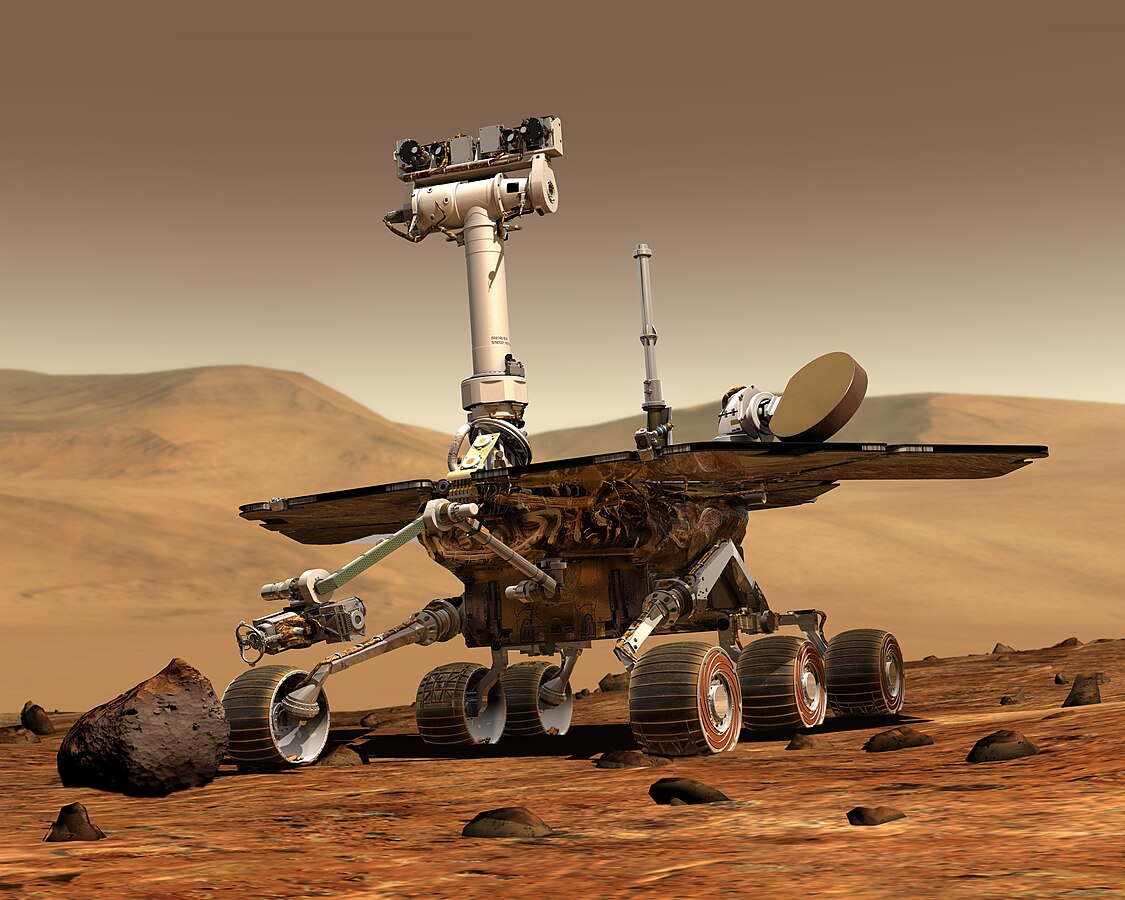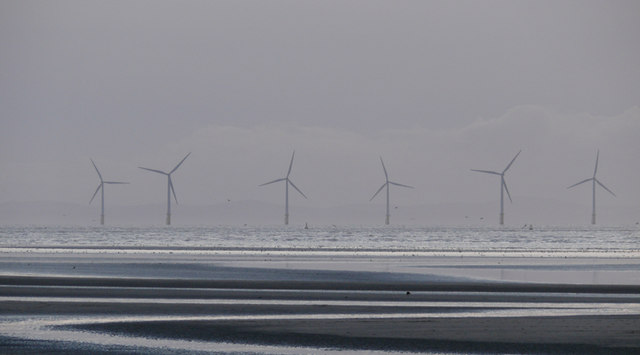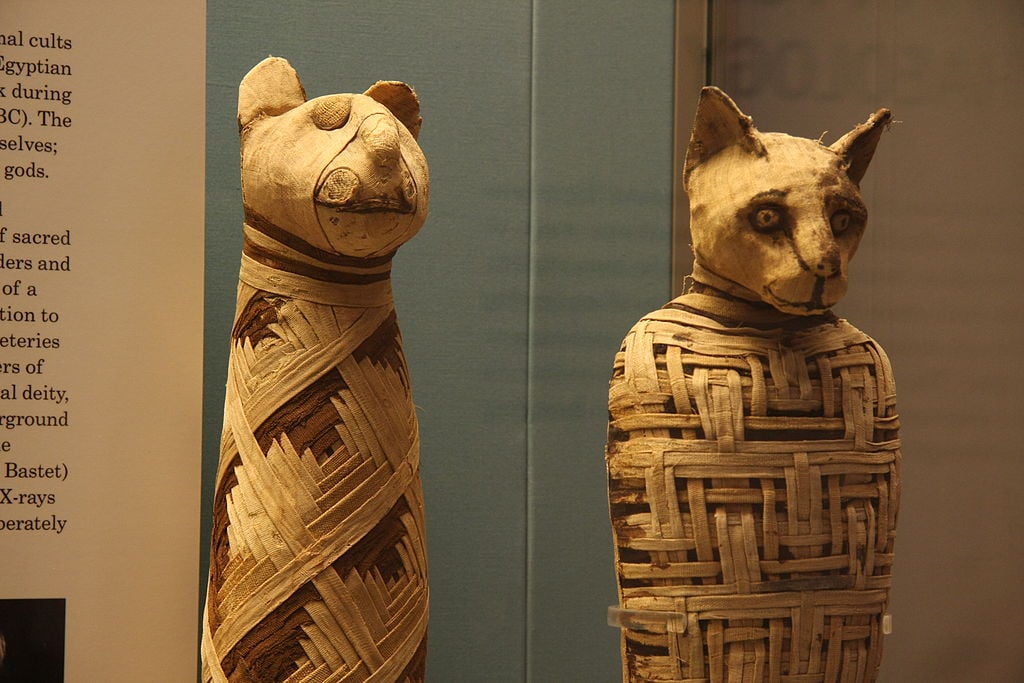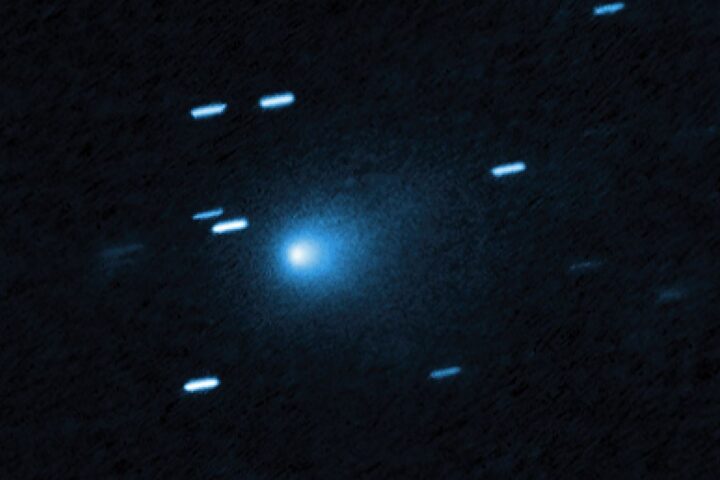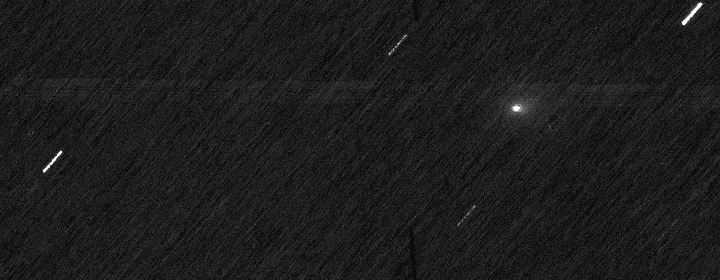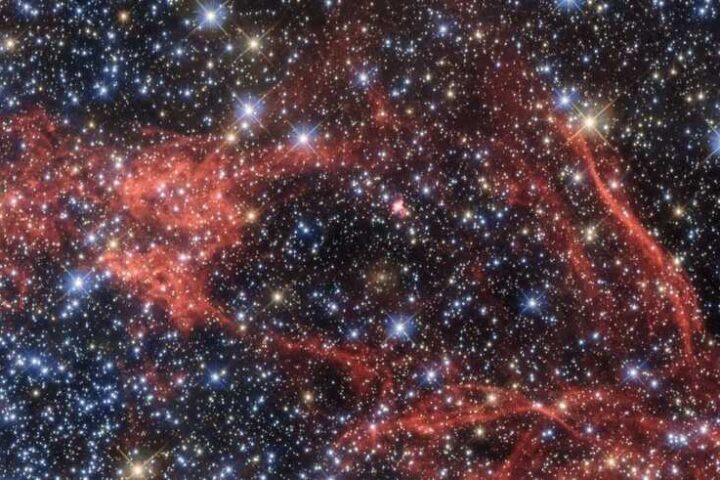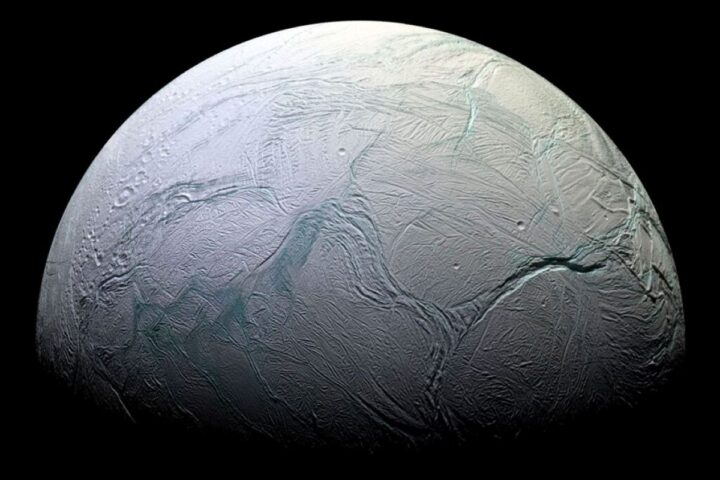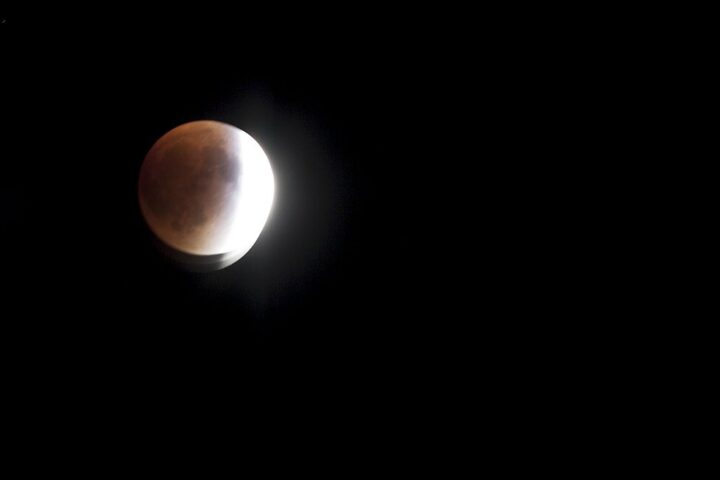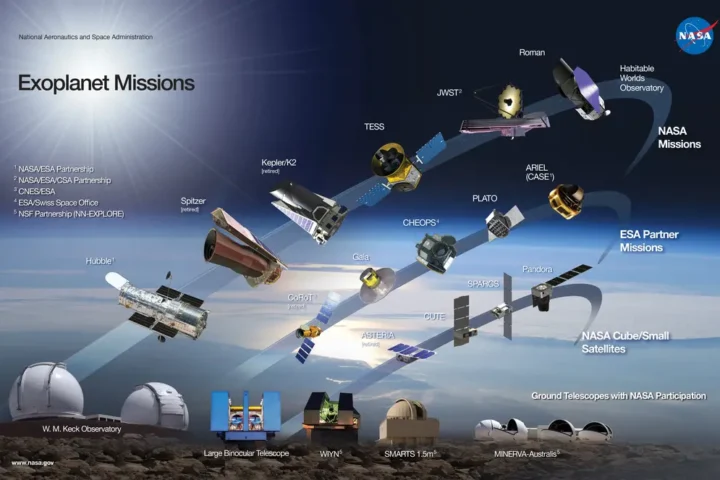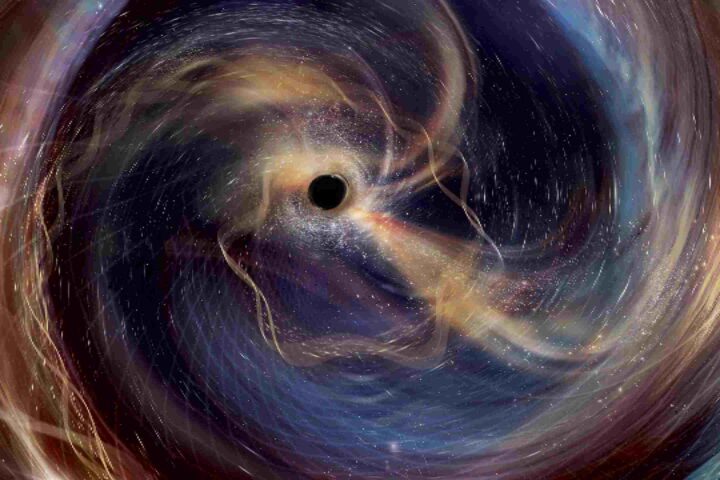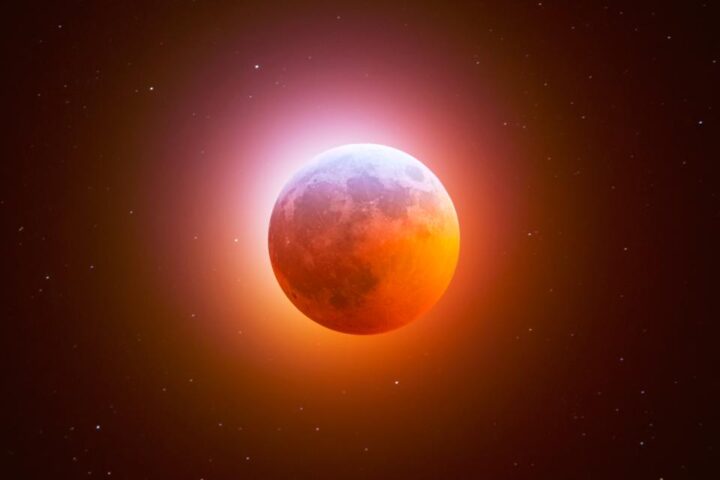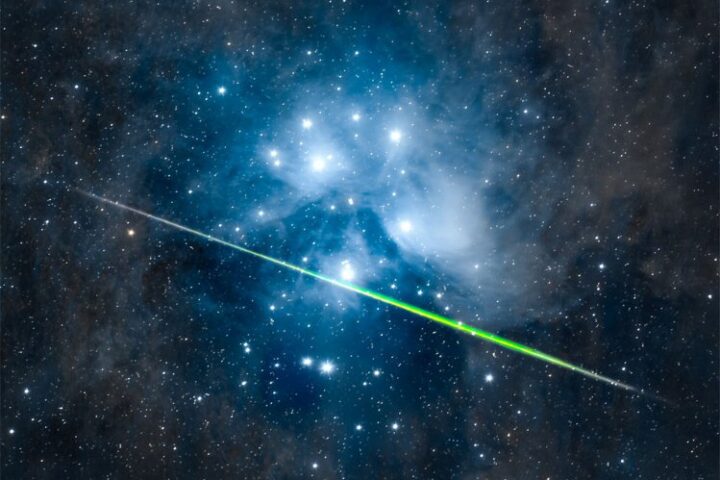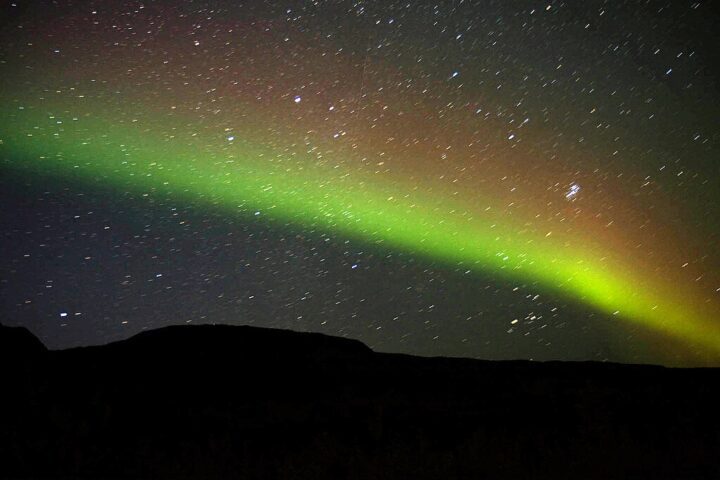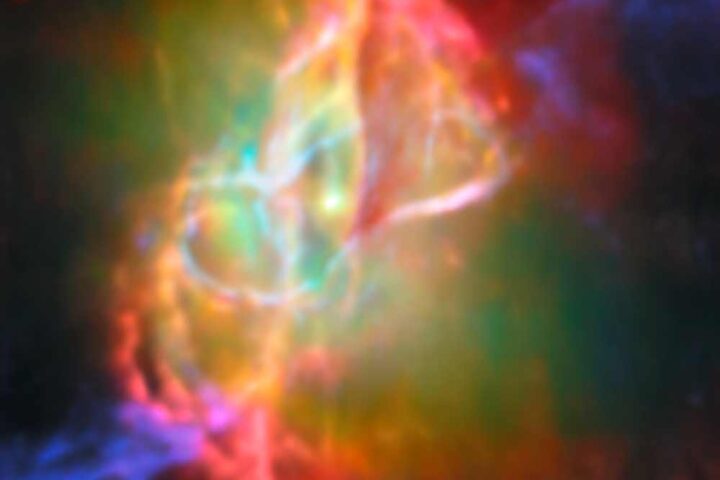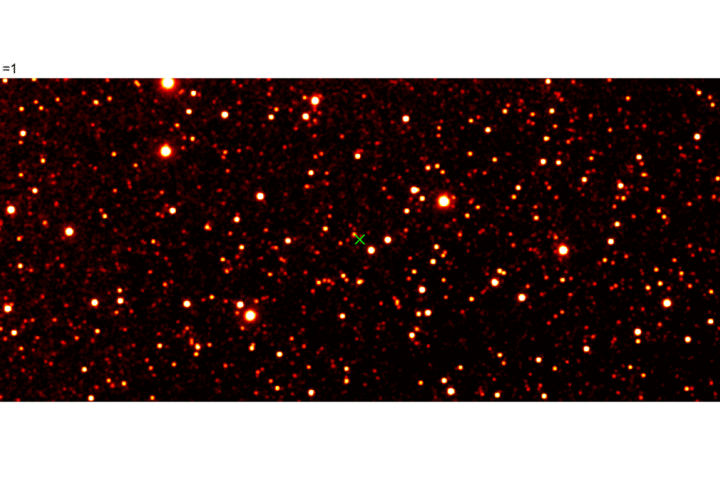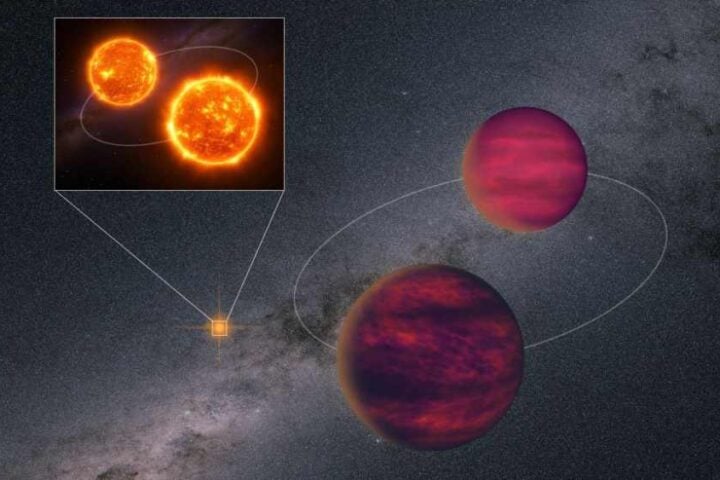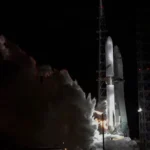Scientists have found exciting clues about life on Mars. Recent findings point to places deep under the planet’s surface where life might exist.
NASA’s Perseverance rover found organic compounds in a Mars rock called “Cheyava Falls.” The rock has odd spots that could show signs of ancient tiny life forms. “Cheyava Falls is the most puzzling, complex, and potentially important rock yet investigated by Perseverance,” says Ken Farley, who leads the Mars 2020 mission.
Research from NASA’s InSight lander suggests the possibility of underground water on Mars, particularly in the form of subglacial lakes. Scientists also learned that Mars’ protective magnetic shield lasted longer than they thought – until about 3.9 billion years ago. This means life had more time to develop.
Where should we look for life on Mars today? Scientists say our best chance is deep underground. They’re most interested in a northern plain called Acidalia Planitia. These deep areas could be like Earth’s extreme environments where some microbes live.
Scientists have created a new, simple way to find life in harsh deserts on Earth. This method could help us find life on Mars too. “This technique works well in places with very little life,” explains Dirk Wagner, a scientist who studies microbes.
Similar Posts
Mars is a tough place to find life. Its surface is very cold. It has almost no air. Harmful space radiation hits the planet all the time. But these challenges haven’t stopped scientists from searching.
Research now focuses on places like Earth’s extreme environments. In these spots, tiny organisms make methane to survive. This work is timely as SpaceX plans to send humans to Mars in the next ten years.
These discoveries matter for two reasons. They help us understand if we’re alone in space. They also show us where future Mars explorers might find resources they need to survive.
